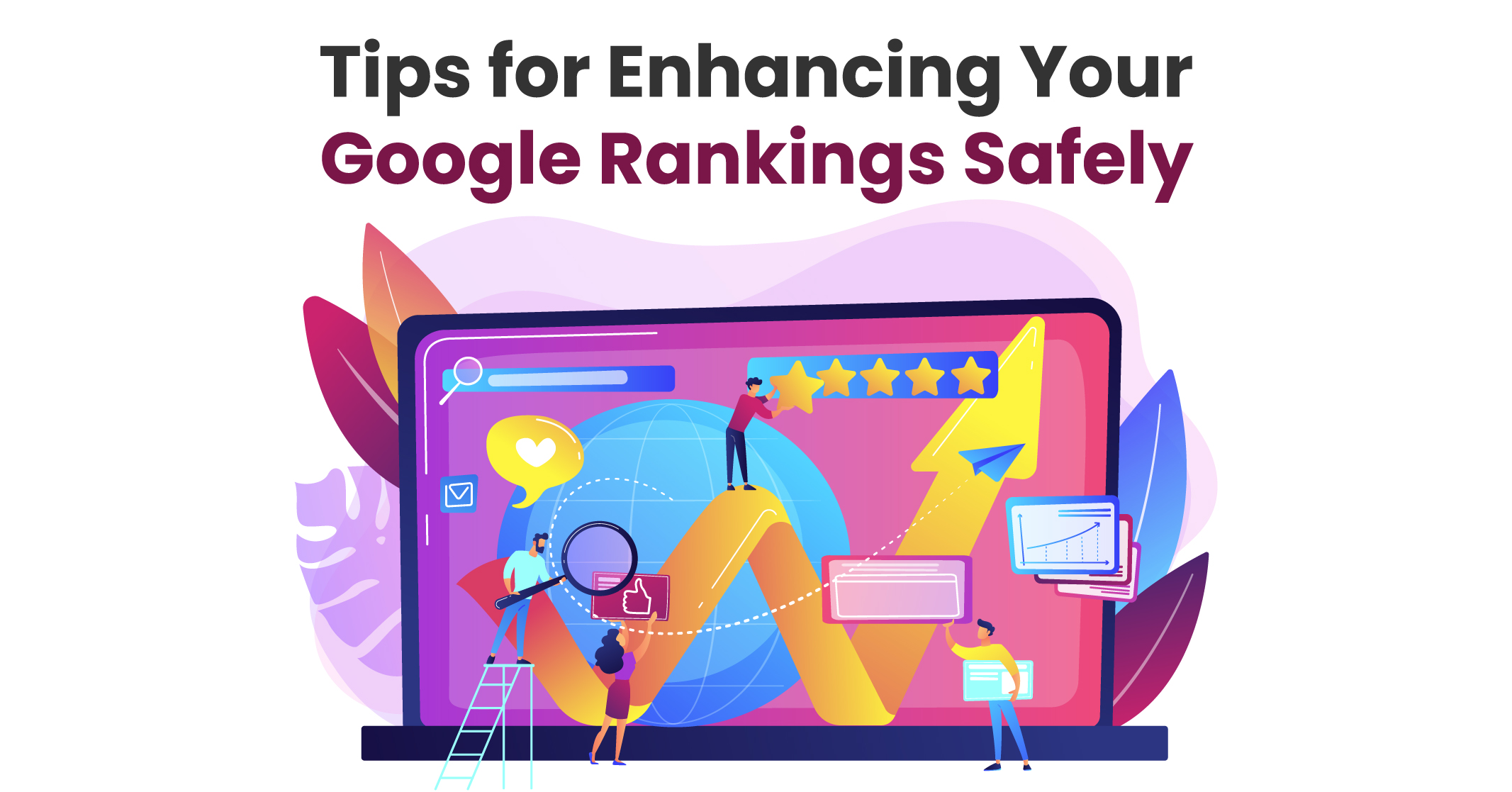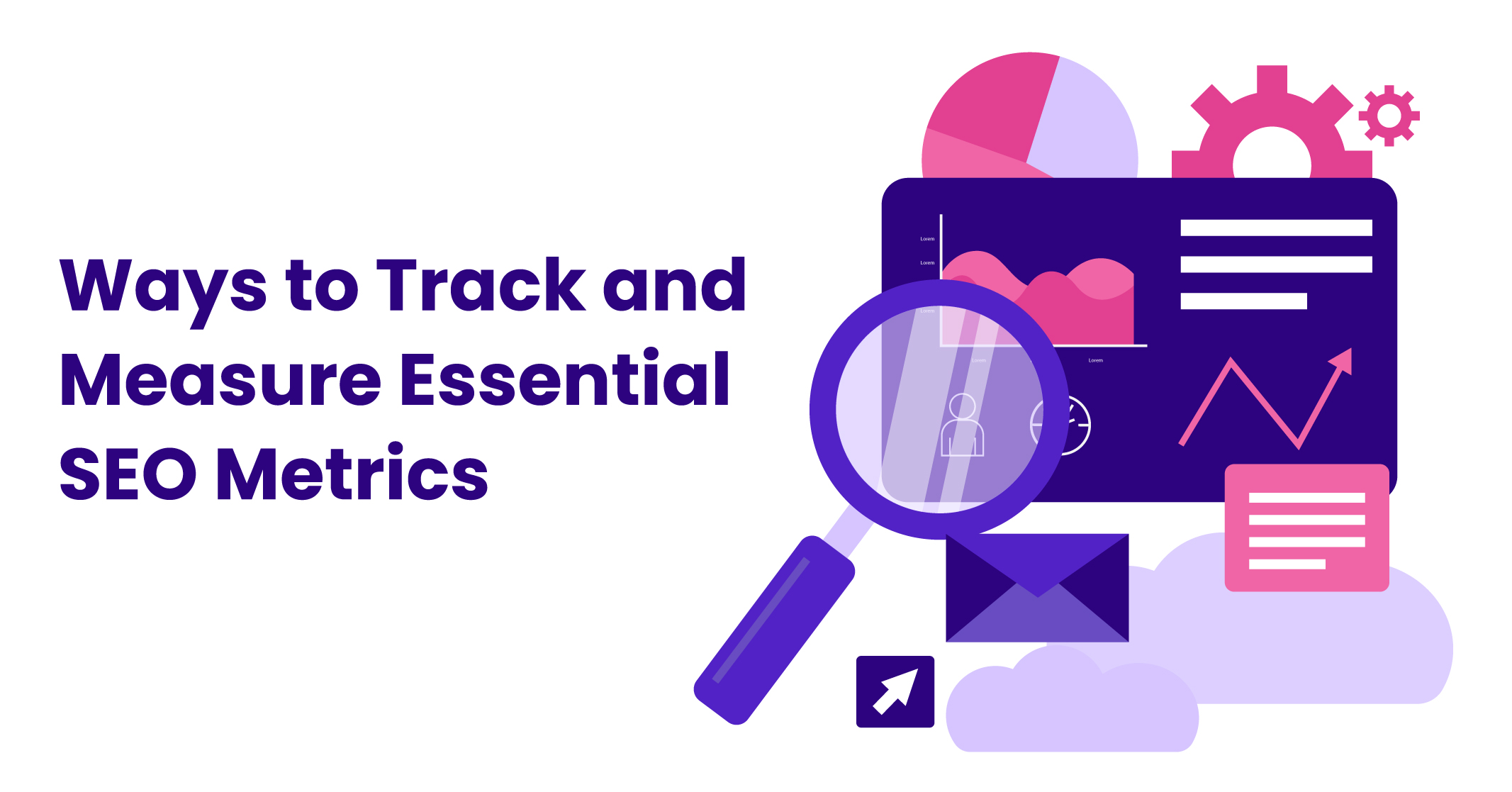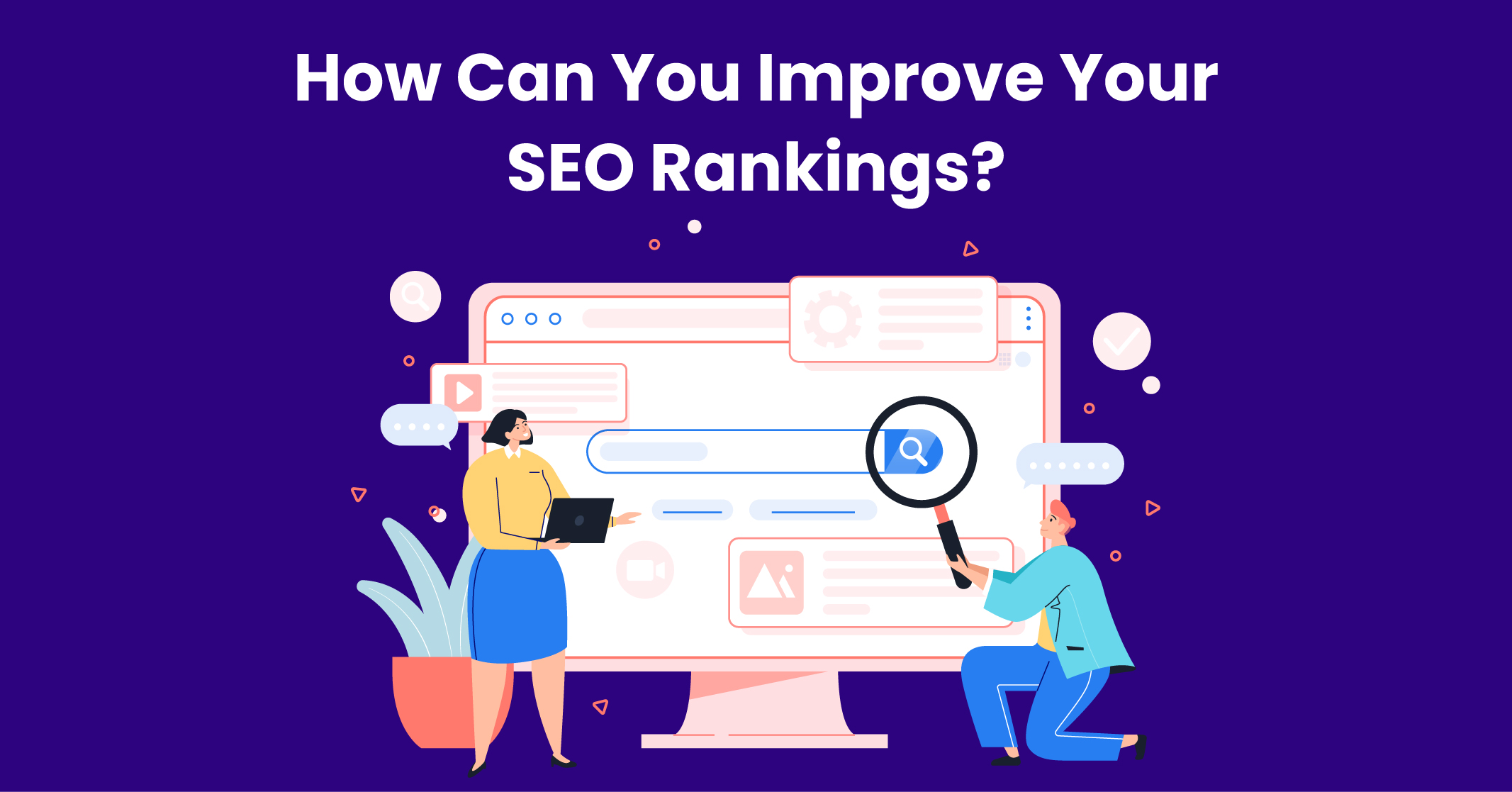I hope you enjoy reading this blog post.
If you want to get more traffic, Contact Us

Click Here - Free 30-Minute Strategy Session
Be quick! FREE spots are almost gone for this Month. Free Quote

The algorithm utilised by Google’s search engine to determine the order and relevance of search results is known as the Google rankings algorithm. Its purpose is to present users with the most pertinent and valuable content based on their search queries.
Although the precise intricacies of the algorithm are not publicly revealed, Google consistently enhances and adjusts it to provide more precise and superior search outcomes. The following factors are considered to determine the ranking of web pages in search results:

Click Here – Free 30-Minute Strategy Session
Be quick! FREE spots are almost gone for this Month
How can you improve your position in Google ranking without facing penalties? Achieving a higher ranking on Google is a coveted achievement for digital marketers, as it leads to increased website traffic and conversions.
However, it’s crucial to consider the potential consequences of violating search engine guidelines.
Many business owners and managers have struggled with this challenge, seeking the elusive secret to success. Although there is no instant solution, there are actionable steps you can take to ascend the search engine results page.
In this blog, we will delve into the fundamentals of on-page SEO and ranking factors in SEO to help you comprehend the latest SEO principles, optimise your website for both users and search engine crawlers and master both on-page and off-page SEO techniques.
Learn More: Ultimate Google SEO Guide for Beginners
It is a well-known fact that Google frequently modifies its algorithm, although these changes are often not officially announced.
While Google used to disclose significant updates, the inner workings of its algorithm remain largely undisclosed. Most of the information available online is speculative, coming from industry professionals and Google has no plans to reveal its secrets anytime soon.
This level of secrecy is essential because if everyone knew exactly how to achieve top rankings without facing Google penalties or resorting to black hat SEO tactics, Google would not be able to accurately rank the best results. It would become easy for anyone to manipulate their way to the top without putting in genuine effort.
What Does It Mean?
Not only would this hinder the success of honest individuals, but it would also compromise Google’s mission statement: to organise the world’s information and make it universally accessible and useful.
Our understanding of the Google algorithm primarily comes from significant updates that have been introduced over time, including:
Reviews Update (April 2023): This update specifically assesses webpages that provide recommendations for products, services, places, games or movies. Customer reviews are not considered in this analysis.
Other notable updates include Panda, Google EMDs (exact match domain names), Private Blog Network (PBN) deindexing and Phantom, which has seen multiple updates since its initial appearance in May 2013.
For further insights into link-building strategies, on-page SEO and user metrics related to Google rankings, you can watch the accompanying video.
Learn More: 9 Top Google Algorithm Updates

Before implementing any major changes, it’s crucial to assess your current Google rankings factors and address the foundational aspects.
Here’s a guide on how to do that effectively:
Confirm Indexing of Your Website: Have you experienced a situation like this before? You eagerly search for your target keywords on Google, but your website is nowhere to be found on the first page. You continue scrolling through the search results but there’s still no sign of your website.
What To Do?
Try searching for your business name or directly entering your website’s URL but the outcome remains the same—your website seems invisible. What could be the reasons behind your absence in the Google rankings? Consider these common possibilities:
Utilise tools to Assess Your Keyword Rankings: If you have been targeting specific keywords within your page content, you can use tools to evaluate your Google rankings.
What To Do?
By leveraging these techniques and tools, you can gain valuable insights into your current Google rankings and determine areas for improvement.
Learn More: What Are on Page SEO Ranking Factors?
3rd H2: How to Step Enhance the Health of Your Website?
Upon closer inspection, you may discover existing errors and inefficiencies on your website that can significantly impact its performance. Given Google’s increased focus on these factors, it is crucial to address them and make improvements.
Here are some actionable steps you can take:
What To Do?
Check for manual actions taken by Google, log in to Google Search Console and enter your website’s URL. Access the “Security & Manual Actions” report, which indicates if Google has imposed any manual actions against your site.
It’s important to note that this report only reveals violations of Google’s rules and does not indicate if your site has been penalised by a Google algorithm update. If you do encounter manual Google penalties, there are specific steps you can take to rectify the situation and regain compliance.

Now, let’s focus on tracking key site metrics to identify areas for improvement.
Here are the crucial metrics you should assess:
Organic Traffic: Understanding how visitors discover your site through Google is vital. In the past, organic search was the primary driver of website traffic, surpassing non-organic channels such as paid search and social media.
However, the landscape has evolved, and social media, email and paid advertisements now contribute to organic traffic, although the significance can vary across industries.
What To Do?
To determine the number of visitors reaching your site, log in to your Google Analytics account and examine the acquisition channels report. This comprehensive guide will assist you in understanding the report.
Organic Traffic Conversions: In addition to analysing search traffic, it’s important to pay attention to the keywords that generate traffic for your site.
Google Search Console can provide valuable insights by revealing the number of clicks your site receives for specific keywords in organic search results.
What To Do?
Navigate to the “Queries” section to access keyword data. This will present a list of the top search queries (keywords) people use to find your website in Google search results.
Furthermore, you can analyse clicks, impressions, click-through rate and position for each query. Sorting and filtering this data will help you gain a better understanding of how visitors are finding your website.
Keyword Ranking for Transactional Keywords: One common mistake in keyword research is not dedicating enough time to transactional keywords. Transactional keywords are crucial as they drive revenue.
To improve your Google rankings and generate income, it is essential to distinguish between commercial and informational keywords.
What To Do?
If your keyword focus is solely on informational queries, you can generate organic traffic. However, converting those visitors into buyers or individuals who engage on social media may require significant effort.
Important Tip: If you have the budget to invest in SEO tools, it’s worth considering. However, if you’re working with a limited budget, Google Analytics 4 (GA4) can still be a valuable option.
In addition to setting up dashboards in GA4, you can enhance your keyword insights by linking Google Search Console with GA4. Google offers guidance on how to establish this connection.
Learn More: How to Increase Organic Traffic?

To improve your visibility in Google rankings, it’s crucial to ensure that your website is mobile-friendly and optimised for mobile devices. With more than half of all website traffic coming from mobile devices, it’s essential to provide a seamless mobile experience.
Google has implemented “mobile-first indexing,” which means they prioritise the mobile version of websites when determining search rankings. If your site is not mobile-friendly or difficult to navigate on mobile devices, your ranking may suffer.
What To Do?
You can easily assess your site’s mobile-friendliness using Google’s Mobile-Friendly Test. Simply enter your URL and click “RUN TEST.” The test will provide a clear “yes” or “no” answer and a list of any loading issues encountered. Addressing these issues will ensure optimal performance on mobile.
Benefits: The test helps identify page loading issues such as redirection errors and instances where the robots.txt file blocked the Googlebot from crawling certain pages.
Additionally, Google’s Search Console offers a Mobile Usability Report. This report highlights any mobile usability issues on your site and provides helpful guides on how to address them effectively.
If you want to cater to the vast number of smartphone users and ensure a positive user experience, making your website mobile-friendly is essential.
Here are some tips to help you achieve that:
By implementing these tips, you can make your website mobile-friendly and provide a seamless experience for smartphone users.
Learn More: Boost Your Mobile SEO Rankings
Now that you have a comprehensive understanding of your Google ranking factors and have set up tracking for key metrics, it’s time to delve into the details of your website and address any existing penalties.
One crucial aspect that can significantly impact your Google rankings is link building. However, sticking to outdated practices can do more harm than good. Let’s explore how you can modernise your approach to link building.
The Changing Landscape of Link Building
Utilising poor-quality links can have a detrimental effect on your site, potentially leading to a Google penalty. Therefore, it’s crucial to rethink how you generate links for your website.
What To Do?
Conduct a backlink audit using tools such as Google Search Console. These tools allow you to assess which websites are linking to yours and evaluate the quality of those links. Once you’ve identified any unfavourable links, you can take appropriate measures to eliminate them.
Analyse Your Links
Begin by analysing the inbound links to your site. Various link analysis tools can assist you in this process. When evaluating your backlinks, pay attention to the following key elements: Backlinks, Referring Domains, Link History, Domain-Level Opportunities, Domain Authority and URL-Specific Backlinks.
By embracing these modernised approaches to link building and conducting thorough link analysis, you can optimise your website’s backlink profile and enhance your Google rankings effectively.
Learn More: Top 5 Steps to Improve Domain Authority of Your Website
If your competitors are outranking you in Google search results, it’s time to gather some intel on them. Since the search SEO ranking factors 2023 favours their content, it makes sense to learn from and emulate their strategies.
What To Do?
One effective approach is utilising Google Keyword Planner as it provides accurate estimates of competitors’ targeted keywords.
Consider the following Google Rankings Factors:
If your webpage is stuck on the second page of search results, how can you boost its ranking and propel it to the first page? One effective method is employing the skyscraper technique.
The idea behind this technique is to find an existing post or article that already ranks well, improve upon it and promote it extensively.

LEAVE A REPLY